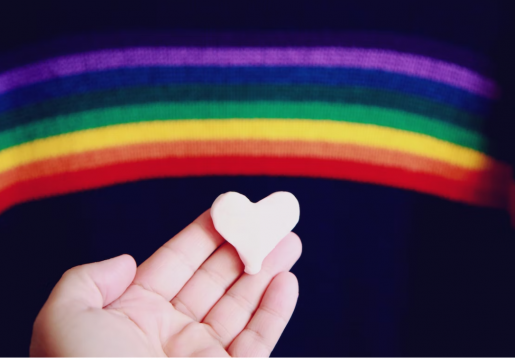What is the essence of our humanity?
In 2021, I wrote the script for a short (2 minute) animated video project on the value of every person’s life and the inherent, equal dignity of all. It revealed to be difficult to find an artist to collaborate with in-person during the pandemic. Eventually, I crossed (virtual) paths with Daryna Kudenko, a Ukrainian artist with expertise in video animation. Daryna and I unfortunately lost touch shortly after Russia’s invasion of Ukraine. This is the last message Daryna sent to me before escaping:
Darynakudenko Feb. 24, 10:36 a.m.
Hello Fabrizia! I am very pleased that you wrote to me, any support is needed now. Yes today, at 5 a.m. Russia attacked us, now there are battles. We can’t get away, it is a full-scale war. but I still have the Internet and I can work, I hope everything will be fine, but all Ukrainians are in shock and grief. It’s ironic that I’m doing now a cartoon about the value of human life.
Thankfully, Daryna and I were able to reconnect and complete the project of which the central message is: It’s only by valuing human life and fostering attitudes of respect and justice for all people that it becomes possible to fight against racism and any other form of discrimination. It’s only through the universal message of the centrality of the human person that is possible to defend and promote human rights.
The concept of human rights has evolved from a tradition that stretches back more than 2,500 years.
In 539 B.C., Cyrus the Great, the first king of ancient Persia, conquered the city of Babylon. What he did next marked a major advance for humanity. He freed slaves, declared that people had the right to choose their own religion and established racial equality. These and other decrees were recorded in what is known today as the Cyrus Cylinder, a baked-clay cylinder in Akkadian language. This ancient record has been recognized as the world’s first charter of human rights.
From Babylon, the idea of human rights spread to the East and to the West, eventually reaching Rome. There, the concept of “natural law’ arose based on the observation that people followed certain unwritten laws or maxims derived from the nature of things. Later in history, documents asserting individual rights, such as the Magna Carta (1215), the Petition of Rights (1628), the U.S. Constitution (1787), the French Declaration of the Rights of Man and of the Citizen (1789) and the U.S. Bill of Rights (1791), became the written precursors to contemporary human rights declarations.
In 1948, the United Nations’ Human Rights Commission, chaired by Eleanor Roosevelt, set out to draft the 30 articles that became the Universal Declaration of Human Rights. Many of these rights have become part of the constitutional laws of democratic nations. But, as Eleanor Roosevelt noted:
“Where, after all, do universal human rights begin? In small places, close to home – so close and so small that they cannot be seen on any maps of the world. Yet they are the world of the individual person; the neighborhood he lives in; the school or college he attends; the factory, farm or office where he works. Such are the places where every man, woman and child seeks equal justice, equal opportunity, equal dignity without discrimination. Unless these rights have meaning there, they have little meaning anywhere. Without concerned citizen action to uphold them close to home, we shall look in vain for progress in the larger world.”
I hope the video “The Person at the Center” will be an opportunity to reflect on our lives, on how we are all interconnected, how we are all deserving of respect, dignity and opportunities, and how we all possess the same inalienable rights.
By Dr. Fabrizia Faustinella, professor in the Department of Family and Community Medicine, Baylor College of Medicine



